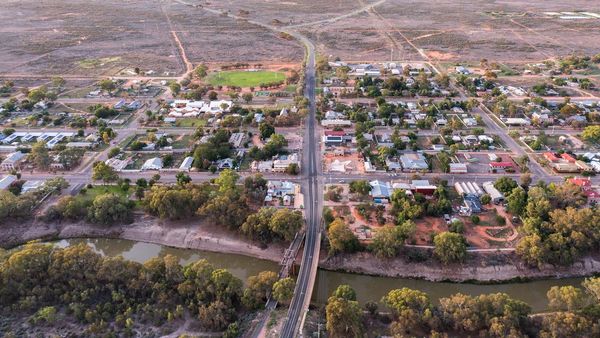
Regional Australians have to save up for nearly a decade to get a house deposit, almost as long as it takes to crack the capital city markets.
That's one of many findings in the federal government's 2024 State of Australia's Regions report, which shows the rapid growth of country populations is a double-edged sword.
While the report found jobs and innovation abound in the regions, inequitable health care, climate disasters and the housing squeeze are major challenges.
All regions experienced growth in 2021/22, with coastal areas leading the charge.
The population shift increased the time to save for a house deposit to 9.7 years in September last year, up from an average of 7.2 years in September 2019.
That puts regional markets only slightly below capital cities, where it takes 10 years to get a deposit, according to the report released on Tuesday.
"This likely reflects consumer preferences of Australians post-pandemic, following the increased opportunity for remote working," the report said.
It also showed country Australia is on the front line of climate change, in both managing disasters and the energy transition.

There were 43 disasters declared last year across 137 council areas, leading to $134.5 million in federal government disaster payments and grants.
The analysis said climate disasters are only going to worsen.
"Extreme heat, heavy rainfall, coastal inundation, bushfires and drought will increasingly impact the wellbeing and resilience of our communities, infrastructure and ecosystems."
But the regions are set to become the centre of the energy transition, with the renewables workforce demanding 213,000 more workers by 2033.
Employment growth is likely to be stronger in the regions, according to Jobs and Skills Australia.
The regional workforce is already going from strength to strength, as job vacancies more than doubled in the four years to October.
The value of agriculture is at historic highs, with three of the highest production years since 2020.
However, regional employers are finding it difficult to fill positions due to a lack of housing or poor livability.

"Recruitment difficulty may reflect challenges in attracting, or accommodating, workers to move to and live in the region, or a shortage of workers with the right skills for the jobs available," the report said.
Medical professionals are the most in demand, followed by carers, admin staff, retail workers and automotive and engineering trades.
A shortage of both health workers and services continues to be a major challenge, with lower life expectancy in country areas.
Federal Regional Development Minister Kristy McBain said the Labor government wanted the regions to be thriving places where people can pursue a variety of jobs.
"As communities outside of our big cities grow, it's more important than ever that regional people have access to reliable, fit-for-purpose services in their own backyard – from education, health and connectivity," Ms McBain said.
"This report provides us with valuable insights into the challenges and opportunities in our regions and will help ensure that our investments continue to target local priorities."










